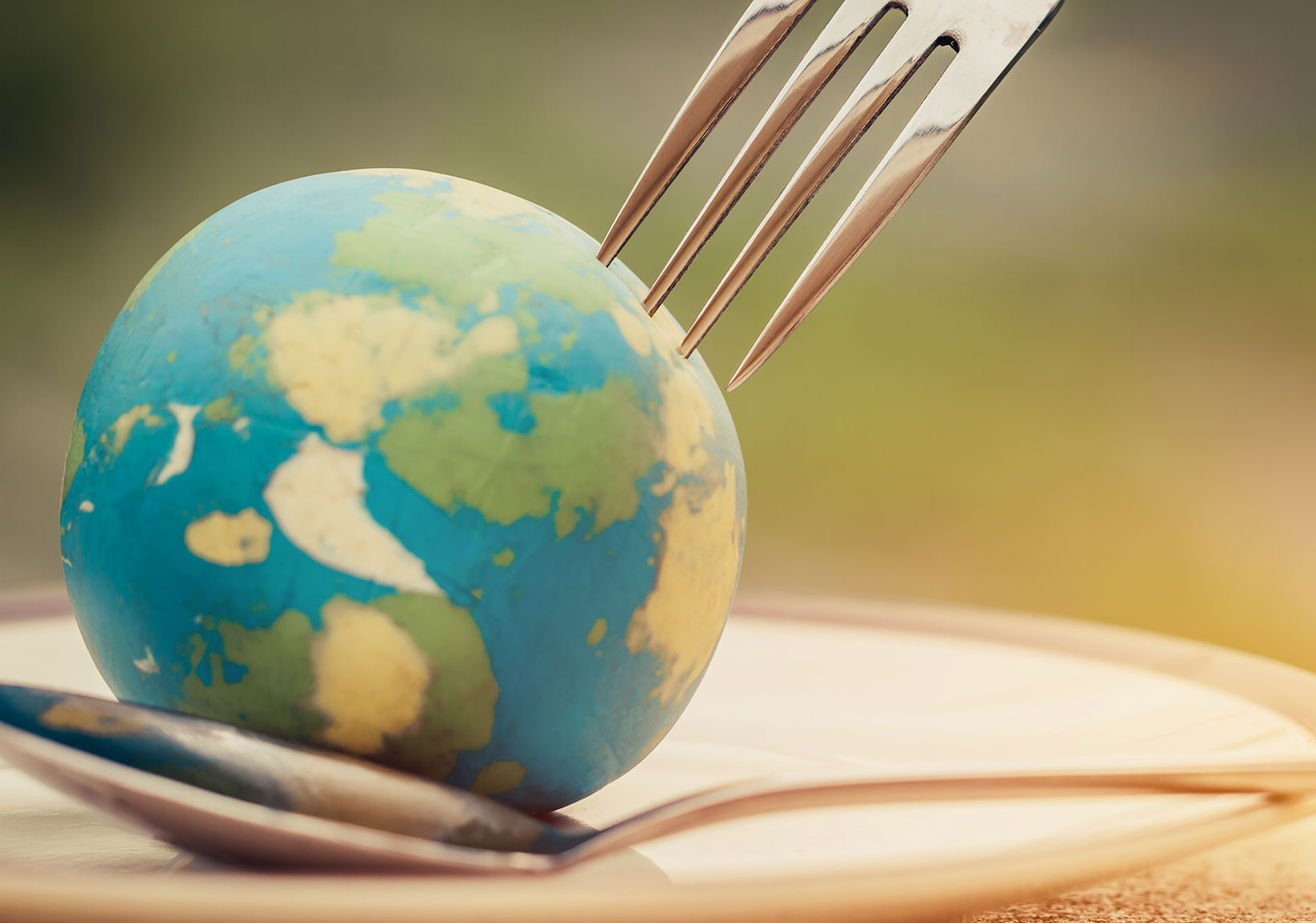Among the most appealing things anyone will find out about herb gardening is how relaxing and simple growing herbs can be. Finding all the wonderful, numerous herbs and what they do is a captivating pastime, and can be rather useful. You can utilize herbs for cooking, as medical aids such as topical dressings or healthy teas, or simply for decorative plants in the garden.
There are many herb plants to select from, it can be a bit daunting to the start herb garden enthusiast. A good source of details that you probably have is your cookbook, which frequently commits a chapter or more to usings various herbs as flavorings and accents.
Planting a Fundamental Herb Garden
Get acquainted with herb gardening by growing herbs you think you’ll use, plus throw in one or two that sound intriguing to you. Herb gardens can vary in size from small containers to large outside gardens.
To best discover herb gardening, begin simple with a small, bright plot, or use a clay pot filled with potting soil.
The Two Big Requirements that herbs have are:
– great deals of sun, and
– well-drained soil.
A lot of herbs have a choice of full or partial sun, and the seed bundle or nursery will have this information clearly stated. A lot of herbs will not do well in very wet soil, and watering about every 2-3 days is generally enough. Raised garden beds are a good fit for herb gardens. They have outstanding drain and can be easily arranged for proper sunlight.
 When planting herb seeds, cover them lightly with soil, and don’t plant the seeds too deep. An excellent rule of thumb with herb gardening is “the smaller the seed, the shallower you sow.” If you are using young herb plants currently began in growing trays, simply transplant them into your pots or garden bed. Often the plants in the trays are dry; if so, water them first before planting them.
When planting herb seeds, cover them lightly with soil, and don’t plant the seeds too deep. An excellent rule of thumb with herb gardening is “the smaller the seed, the shallower you sow.” If you are using young herb plants currently began in growing trays, simply transplant them into your pots or garden bed. Often the plants in the trays are dry; if so, water them first before planting them.
Finally, keep in mind that annual herbs (herb plants which only grow for one season and then pass away) and seasonal herbs (herb plants which will return the following year) do best when planted independently. This avoids disrupting the seasonal plants’ roots when it is time to remove the dead annuals. It likewise prevents leaving dead root pieces behind which can add to fungus growth.
Grow Fresh Herbs for Cooking
Cooking with fresh herbs from your garden is a fantastic experience. To start, here are gardening pointers for 2 widely known herbs that are great for starting herb garden enthusiasts.
Sweet Basil– Sweet basil leaves are great in salads, and are a main flavoring ingredient in tomato dishes such as spaghetti and marinara sauce. In the northern climates, basil is generally grown as a yearly plant. In milder climates, sweet basil will return each year on its own, and therefore is considered a perennial plant.
The sweet basil herb is a pleasure to grow due to the fact that it flourishes in typical soil, and likes sun or partial shade. Sow the seeds after risk of frost is over, or start them inside about eight weeks before growing season and then transplant them outside. You can also acquire ready-to-grow starter plants from nurseries and through catalogs.
It’s simple to promote the bushiness of the basil plant leaves by pinching and clipping the herb throughout the summertime. Use the leaves fresh throughout the summertime growth months, and in the fall, dry the leaves and save them for use throughout the winter.
Garlic– Garlic has plenty of minerals and nutrients, and is understood to have fantastic medicinal properties. It is a staple in every chef’s kitchen area for cooking dishes from chicken and pasta to seafood and veggies. We’ve all seen garlic bulbs at the grocery store … however did you know that a person simple garlic bulb has enough cloves to begin a garden filled with garlic plants? Here’s what you do:
When spring gets here and the weather has started to turn warm, prepare a small garden bed in a sunny spot. Take the cloves and put them, pointy side up, in the soil. Plant them in clusters, or rows, and put a light layer of topsoil over them with some garden compost mixed in. When fall arrives, lift the garlic bulbs out of their bed.
Dry the garlic by slicing the bulbs into thin pieces and putting them on a rack at space temperature level. You can also store the bulbs by braiding the stalks and hanging the garlic in a dark, cool space. You may likewise freeze the entire garlic bulb!
Find out about herb gardening with these herbs, and after that begin to branch off with more. In the meantime, you’ll include terrific flavors to your dishes, and mouthwatering fragrances in the kitchen area!
Free Speech and Alternative Media are under attack by the Deep State. Real News Cast needs reader support to survive. Please Contribute via GoGetFunding


